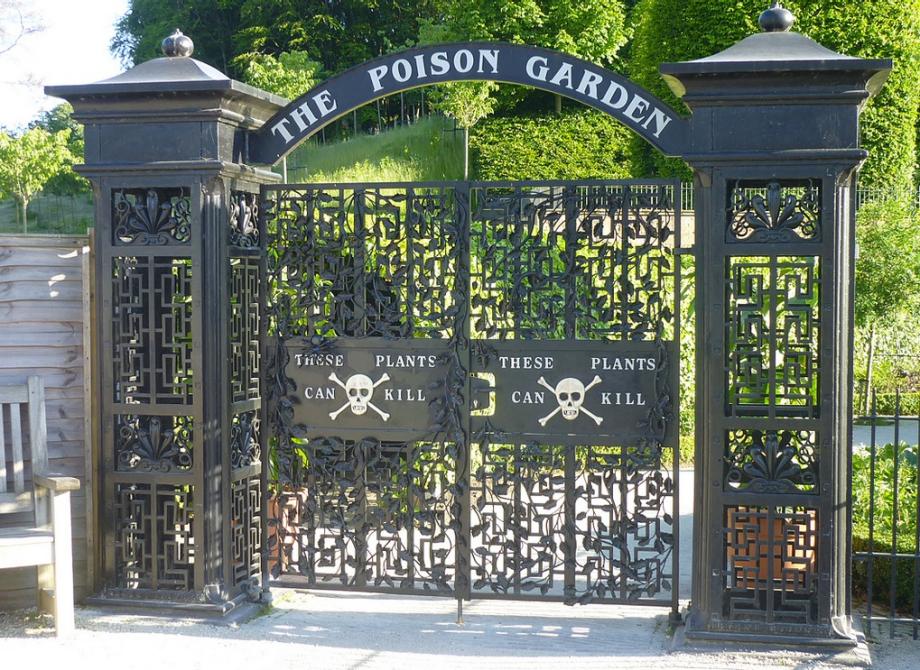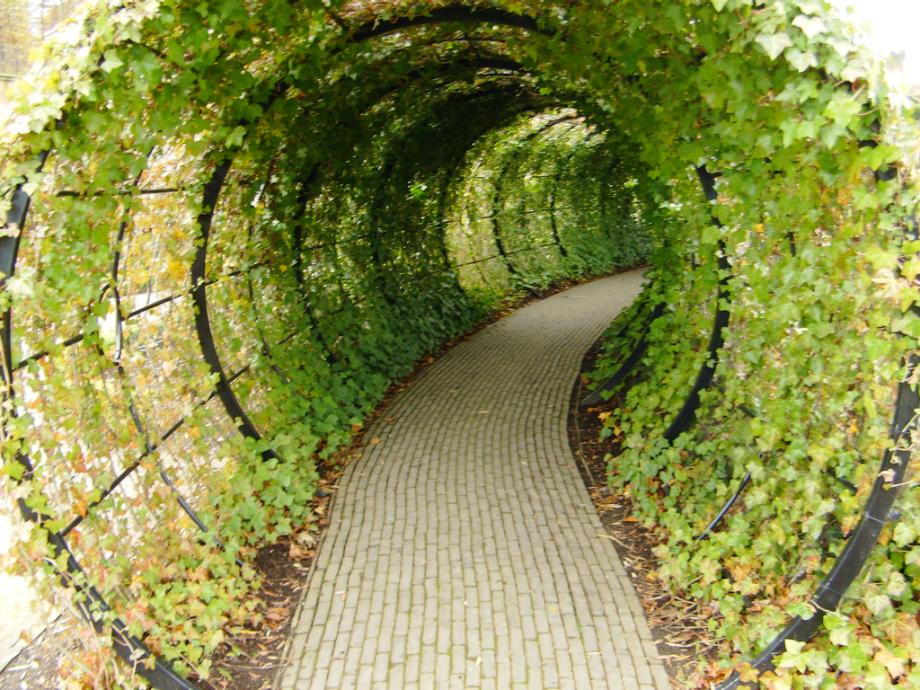A Lovely English Garden Full of Deadly Poisonous Plants
Atlas Obscura on Slate is a new travel blog. Like us on Facebook, Tumblr, or follow us on Twitter @atlasobscura.
To enter the poison garden of Alnwick you must fetch a guide to unlock the black iron gates, which are decorated with a white skull and crossbones and a worrying message: "These plants can kill."
Inspired by the legendary posion gardens in Padua where the Medicis plotted the untimely, frothing ends of their royal enemies, the Duchess of Northumberland created this garden in 2005, dedicating it entirely to flora which are poisonous or narcotic.
The duchess herself, Jane Percy, is an unlikely patron. In 1995 her husband unexpectedly became the twelfth Duke of Northumberland following his brother's untimely death, and Alnwick Castle fell into the family’s care. Roaming the elaborate gardens the newfound Duchess decided to transform an overgrown, neglected section into something the was at once both traditional and dangerous. The poison garden now sits nestled among 14 acres of greenery dotted with water sculptures, a cherry orchard, a bamboo labyrinth, and an enormous treehouse.
This carefully curated garden contains about 100 legendary killers. Guides explain their deadly properties while enforcing the strict "No touching; no smelling" rules. Included in the gardens are narcotic plants like poppies, cannabis, magic mushrooms, and tobacco. Because of the danger posed by the flora (some can kill or sicken just through touch), some plants are caged, and the garden is secured each evening behind gates under a 24-hour security watch.
Unusual gardens:
View The Alnwick Garden in a larger map


